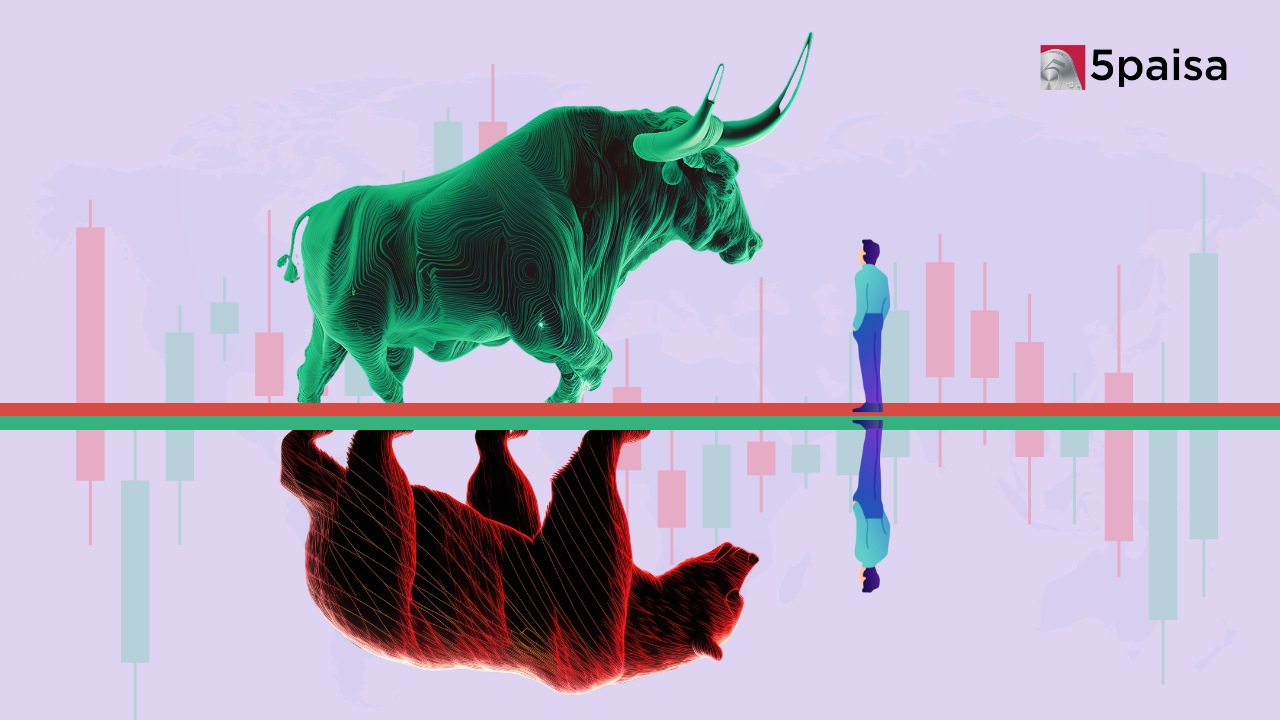iThe current values are delayed, open demat account for live values.
BSE SENSEX
BSE SENSEX Performance
-
Open
75,612.61
-
High
75,748.72
-
Low
75,112.41
-
Prev Close
75,735.96
-
Dividend Yeild
1.21%
-
P/E
20.97
BSE SENSEX Chart

Color code for Stocks Performance
- 5% and above
- 5% to 2%
- 2% to 0.5%
- 0.5% to -0.5%
- -0.5% to -2%
- -2% to -5%
- -5% and below
Constituent Companies
| Company | Market Cap | Market Price | Volume | Sector |
|---|---|---|---|---|
| Asian Paints Ltd | ₹216510 Cr |
₹2257.2
(1.48%)
|
85020 | Paints/Varnish |
| Nestle India Ltd | ₹213566 Cr |
₹2209.1
(1.45%)
|
55632 | FMCG |
| Hindustan Unilever Ltd | ₹526684 Cr |
₹2241.6
(1.87%)
|
88164 | FMCG |
| ITC Ltd | ₹501750 Cr |
₹401
(3.42%)
|
562295 | Tobacco Products |
| Larsen & Toubro Ltd | ₹455816 Cr |
₹3311.5
(1.03%)
|
84554 | Infrastructure Developers & Operators |
BSE SENSEX Sector Performance
Top Performing
| Sector Name | Percentage Change |
|---|---|
| IT - Hardware | 0.36 |
| Healthcare | 0.09 |
| Dry cells | 0.77 |
| Real Estate Investment Trusts | 0.52 |
Under Performing
| Sector Name | Percentage Change |
|---|---|
| Diamond, Gems and Jewellery | -0.7 |
| Leather | -0.39 |
| Ceramic Products | -0.27 |
| IT - Software | -0.74 |
BSE SENSEX
The BSE SENSEX, often regarded as the pulse of the Indian stock market, is a benchmark index that offers a snapshot of the country's economic health and investor sentiment. Comprising 30 of the largest and most financially sound companies listed on the Bombay Stock Exchange (BSE), the SENSEX serves as a barometer for the performance of Indian industry across various sectors.
From banking and finance to technology and manufacturing, the companies included in the index represent the core of India's economic powerhouse. This free-float market-weighted index not only provides insights into market trends but also influences investment decisions and economic policy.
What is the BSE SENSEX Index?
The BSE SENSEX Index, also known as the S&P Bombay Stock Exchange Sensitive Index, is a benchmark stock market index in India. It comprises 30 of the most financially robust and well-established companies listed on the Bombay Stock Exchange (BSE). These companies are leaders in various sectors of the Indian economy and are selected based on their market performance, financial soundness, and liquidity.
The SENSEX is a free-float market-weighted index, meaning the weight of each company in the index is proportional to its market capitalization, adjusted for the number of shares available for trading. This index serves as a key indicator of the overall performance of the Indian stock market.
How is the BSE SENSEX Index Value Calculated?
The BSE periodically updates the SENSEX composition to reflect the current state of the stock market. Initially, the index was calculated using a weighted market capitalization methodology. However, since 2003, it has adopted a free-float capitalization method. This approach differs from the traditional market capitalization method by focusing on the shares available for public trading, rather than all outstanding shares. It excludes restricted stocks, such as those held by company insiders, that are not available for sale. The calculation for free-float market capitalization is done using the formula:
Free Float Market Capitalization = Market Capitalization x Free Float Factor.
Here, the free-float factor is the ratio of publicly available shares to total outstanding shares. Consequently, the SENSEX reflects the free-float value of its 30 constituent companies, relative to a base period, providing a more accurate representation of market trends.
BSE SENSEX Scrip Selection Criteria
The selection of constituents for the SENSEX follows specific guidelines to ensure the index accurately represents the market. Key criteria include:
● Listing History: A scrip must have at least three months of listing history on the BSE, though this can be reduced to one month for newly listed companies with top 10 market capitalization or waived for companies listed due to mergers or demergers.
● Trading Frequency: The scrip should be traded every day in the last three months, with exceptions for unusual circumstances like suspensions.
● Final Rank: The scrip should rank in the top 100 based on a composite score, with 75% weight on market capitalization and 25% on liquidity.
● Market Capitalization Weightage: The scrip's weightage in the index must be at least 0.5% based on its free-float market capitalization.
● Industry Representation: Scrips are selected to ensure balanced industry representation.
● Track Record: The company must have a reliable track record as determined by the Index Committee.
How does BSE SENSEX work?
The BSE Sensex is a key indicator that tracks the performance of 30 of the largest and most actively traded companies listed on the Bombay Stock Exchange (BSE) in India. These firms represent various sectors of the Indian economy, making the Sensex a comprehensive snapshot of the stock market's health and trends. Often used as a benchmark for the broader market, the Sensex reflects investor sentiment and economic conditions in India.
The index's movement is influenced by a range of factors, including economic growth, government policies, corporate earnings, and global events. For instance, changes in interest rates, fiscal measures, and international market trends can all have significant impacts on the Sensex. Over time, the index serves as a barometer for the Indian economy, providing insights into how various factors shape the market's direction and investor confidence.
What are the Benefits of Investing in the BSE SENSEX?
Investing in the BSE SENSEX offers several key benefits. As an index of 30 of the most financially sound and well-established companies in India, the SENSEX provides a diversified exposure to various sectors of the economy. This diversification helps mitigate risk, as the performance of the index is less affected by the volatility of individual stocks. Additionally, the SENSEX is a reliable indicator of the overall market and economic conditions, offering investors a clear understanding of market trends.
Investing in the SENSEX also allows for long-term growth potential, as the index historically reflects the expansion of the Indian economy. Moreover, since the SENSEX comprises large-cap companies, it tends to be more stable and resilient during market downturns, making it a safer option for conservative investors. Overall, investing in the SENSEX can be a strategic move for those looking to participate in India's economic growth.
What is the History of the BSE SENSEX?
On April 18, 1992, the BSE Sensex faced its sharpest decline, dropping 12.7% due to a scam involving illegal transfers from public banks to inflate stock prices. Despite this setback, the Sensex has seen remarkable growth since India opened its economy in 1991.
From 5,000 points in the early 2000s, it surged to over 42,000 by January 2020, driven by the expanding Indian economy and a growing middle class boosting consumer demand. However, economic growth has slowed in recent years, with 2019 marking the lowest growth in a decade. The COVID-19 pandemic further exacerbated this slowdown, impacting future gains and current market conditions.
Other Indices
| Indices Name | Price | Price Change (% change) |
|---|---|---|
| India VIX | 14.53 | -0.15 (-1.02%) |
| Nifty 10 Yr Benchmark G-Sec | 2477.38 | -3.81 (-0.15%) |
| Nifty 10 Yr Benchmark G-Sec (Clean Price) | 893.06 | -1.58 (-0.18%) |
| Nifty 100 | 23274.05 | -137.35 (-0.59%) |
| Nifty 100 Alpha 30 Index | 16085.8 | -230.85 (-1.41%) |
Faqs
How to invest in BSE SENSEX stocks?
To invest in BSE SENSEX stocks, start by opening a demat and trading account, which are necessary for holding and trading shares. After funding your trading account, research the SENSEX-listed companies to identify those that align with your financial goals. Once you've made your selection, place buy orders. Finally, monitor your investments regularly to stay informed and make adjustments as needed, ensuring that your portfolio remains aligned with your objectives.
What are BSE SENSEX stocks?
BSE SENSEX stocks are the 30 largest and most actively traded companies listed on the BSE. These companies represent various sectors of the Indian economy, making the SENSEX a key benchmark for the stock market's performance. The index includes well-established firms with strong financials and significant market capitalization, providing investors with a snapshot of the overall market trends and economic conditions in India.
Can you trade shares on BSE SENSEX?
Yes, you can trade shares of companies listed on the BSE SENSEX. These shares represent 30 of the largest and most actively traded companies on the BSE. To trade, you'll need a Demat and trading account. Once your account is set up and funded, you can buy and sell shares of these SENSEX companies, allowing you to participate in the Indian stock market.
In which year was the BSE SENSEX Index launched?
The BSE SENSEX Index was launched in 1986 by the Bombay Stock Exchange. It was introduced as a benchmark index to track the performance of the 30 largest and most actively traded companies listed on the BSE. Since its launch, the SENSEX has become a key indicator of the overall health and trends of the Indian stock market.
Can we buy BSE SENSEX and sell it tomorrow?
Yes, you can buy shares of companies listed on the BSE SENSEX and sell them the next day. To do this, you need a trading account. After purchasing the shares, you can choose to sell them anytime during the next trading day, depending on market conditions and your investment strategy.
Latest News
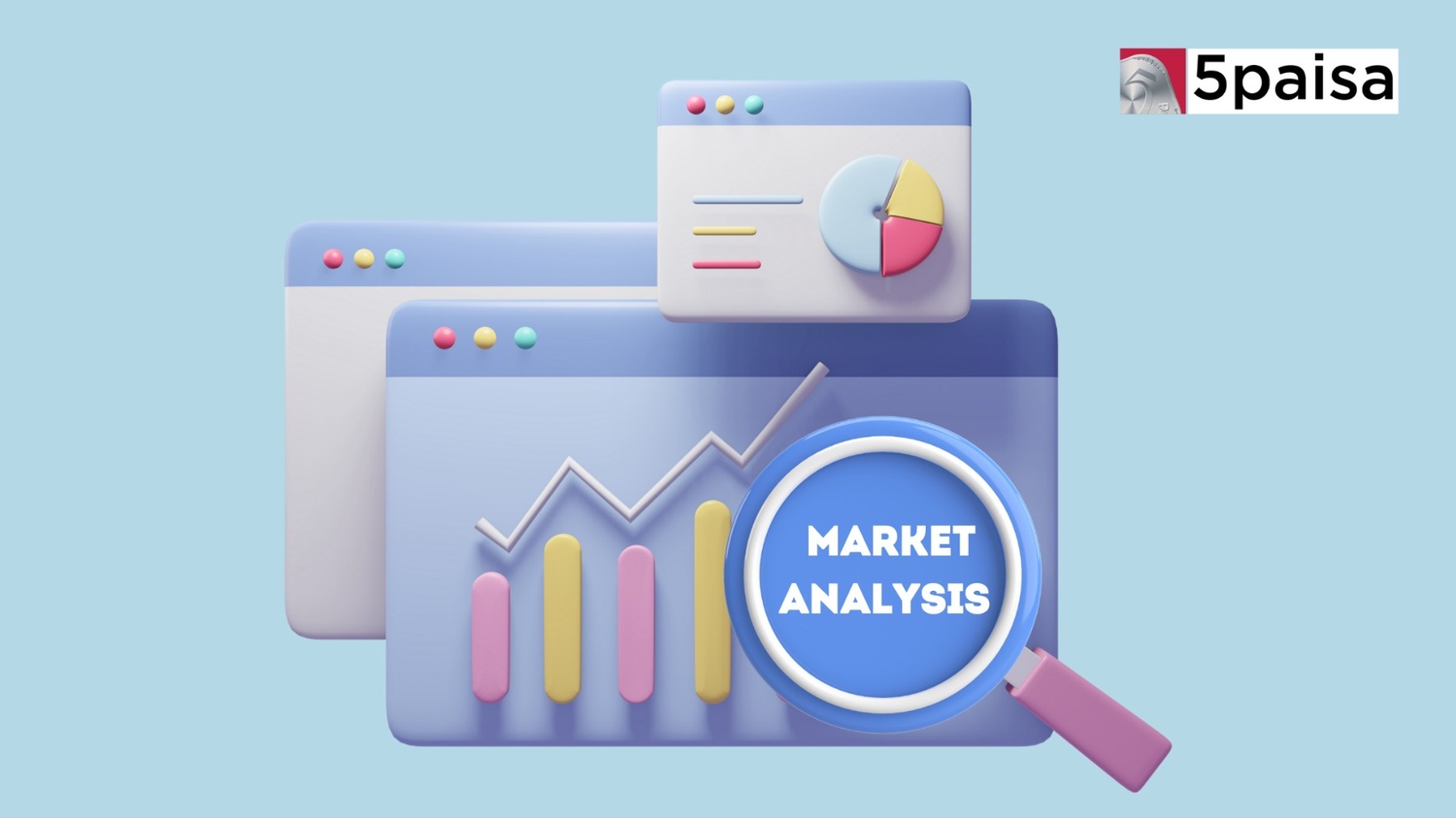
- Feb 21, 2025
Indian stock markets ended in the red as key indices faced pressure from auto and financial stocks. The Sensex fell 424 points to close at 75,311, while the Nifty slipped 117 points to end at 22,795. The sell-off was led by the auto sector, which tanked 2.5% following reports of a potential reduction in import duties on EVs.
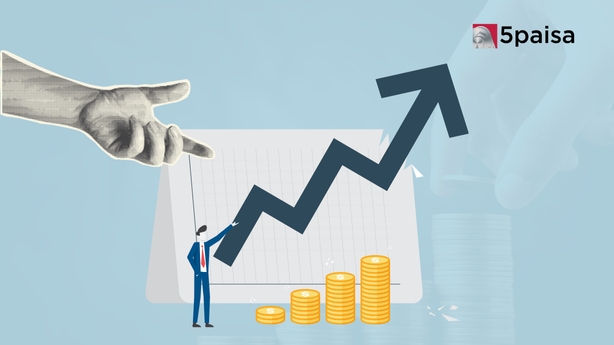
- Feb 21, 2025
The ownership structure of India Inc. is experiencing a significant transformation, with foreign portfolio investors (FPIs) reaching their lowest stake in NSE-listed companies in 13 years. In contrast, domestic mutual funds (MFs) and retail investors are making substantial gains.
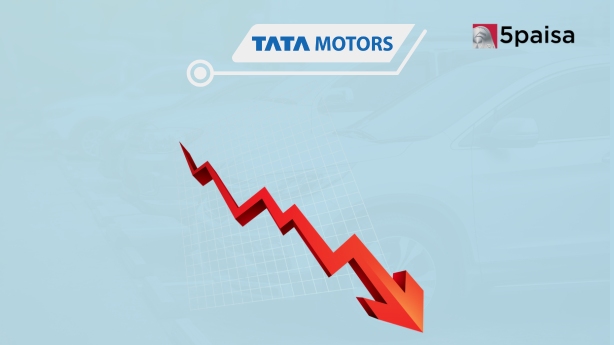
- Feb 21, 2025
Amid reports of senior executives departing Tata Motors Ltd. ahead of its planned demerger, the company’s stock faced significant selling pressure during Friday’s early trading session. Tata Motors' share price opened lower at ₹686 per share on the NSE and quickly dropped to an intraday low of ₹673.30 within the first hour of trading.

- Feb 21, 2025
Regulated entities must cultivate the necessary capabilities to adapt to and adhere to evolving regulations, stated Rajeshwar Rao, deputy governor of the Reserve Bank of India (RBI), on February 21. As financial institutions increasingly adopt artificial intelligence (AI), cloud computing, and API-driven finance, the demand for strong governance frameworks and risk management strategies has never been more critical, he noted.
Latest Blogs
Introduction to Ashish Kacholia Ashish Kacholia's financial journey began in the 1990s. He gained valuable experience at firms like Prime Securities and Edelweiss before founding Lucky Securities in 1995. In 1999, he co-founded Hungama Digital with Rakesh Jhunjhunwala, showcasing his ability to spot emerging trends.
- Oct 10, 2025

Navigating the numerous banking options in India is essential for individuals and businesses alike. The best banks in India go beyond traditional banking, offering a wide array of financial services that play a crucial role in the country's economic stability. From innovative digital banking solutions to comprehensive investment and loan offerings, these famous banks in India serve as reliable financial partners.
- Apr 14, 2025

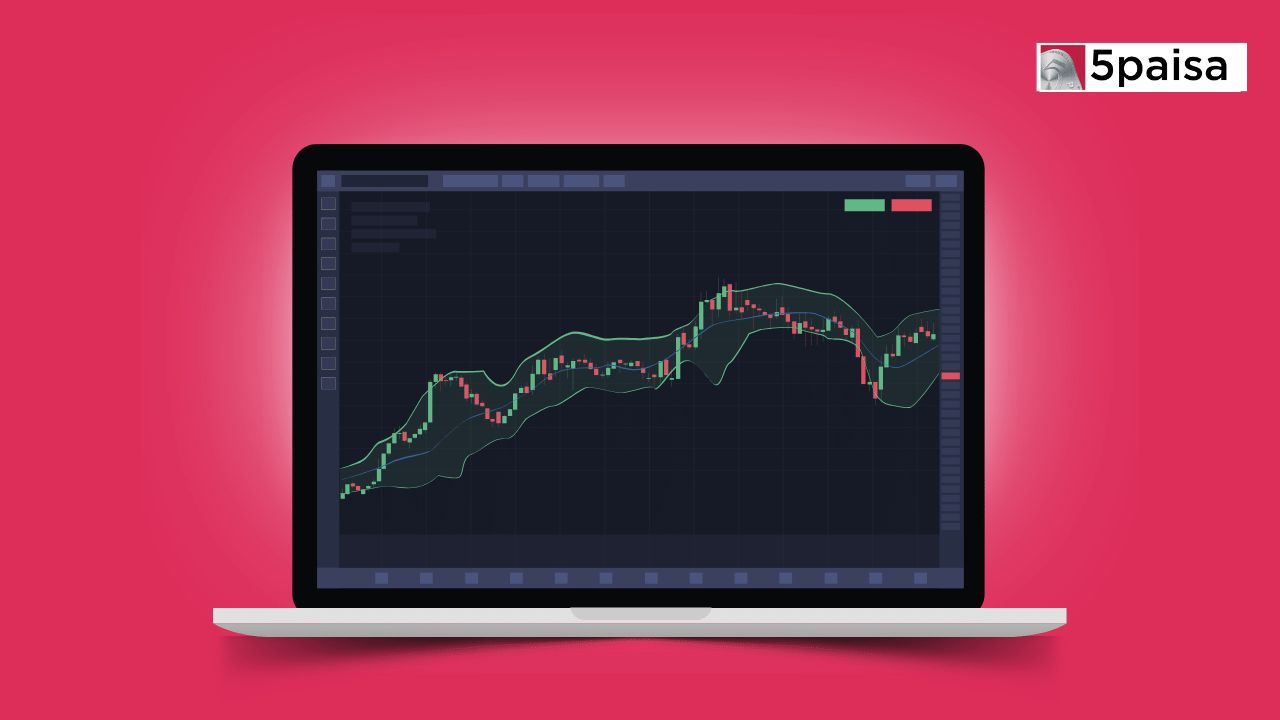
Nifty Prediction for 24th February Another weak day for the NIFTY as it falls 0.6% and closes marginally below 22800. Auto stocks corrected sharply on concerns over a new EV policy that could increase competition. M&M was the top loser at -6%. TATAMOTORS also corrected 2.5%. ADANIPORTS AND WIPRO were among the other top losers. On the other hand, HINDALCO, SBILIFE AND TATASTEEL bucked the trend and were up 2-2.5%. ADR was weak at 0.3 and indicates a broadbased correction.
- Feb 21, 2025
